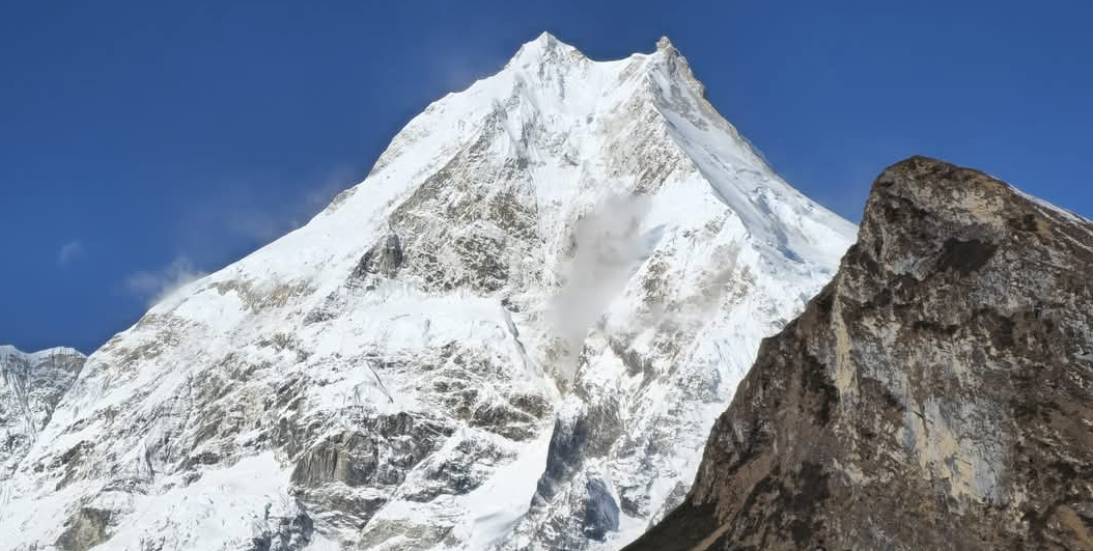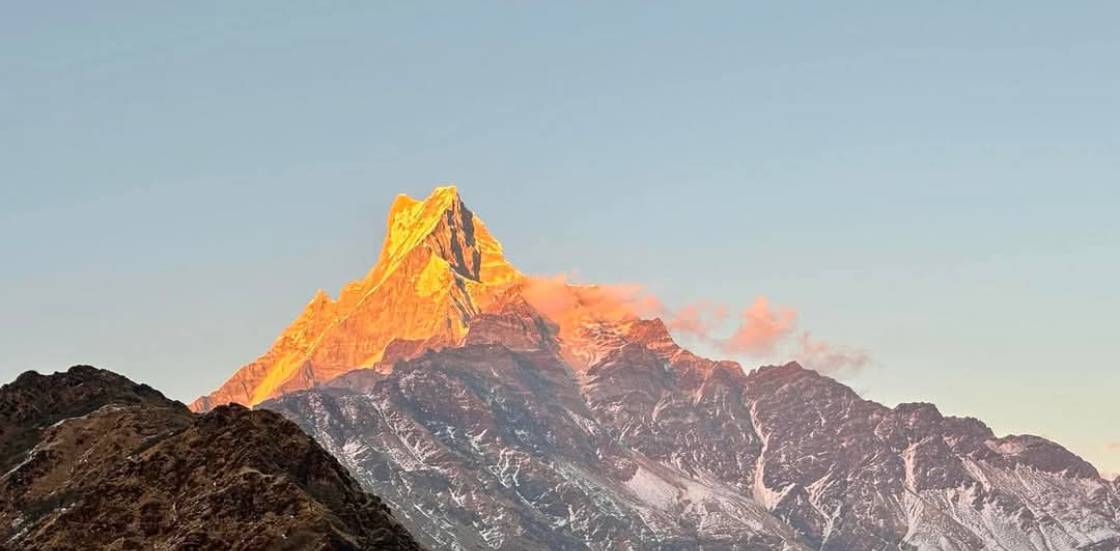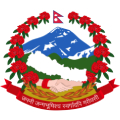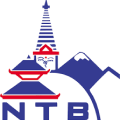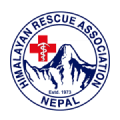Pikey Peak Trek
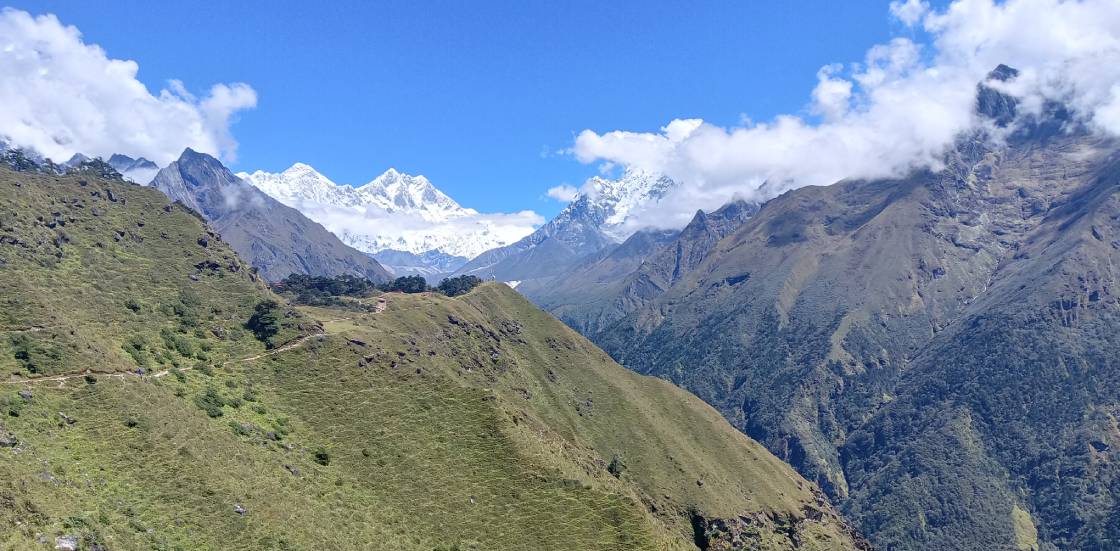
Trek Duration
7 days
Best time to go
Sep-Nov, Mar-May
Group Size
1-15 People
Max Trekking Altitude
4065m
Accommodation
Teahouse
Trek Grade
easy
Area
Everest Region
Hours of Walking
4-9 Hours per day
Start point - End point
Kathmandu
The Pikey Peak Trek is one of Nepal’s most breathtaking and off-the-beaten-path trekking routes, offering a stunning panorama of the Himalayan range, rich Sherpa culture, and an unforgettable adventure in the lower Everest region. Located at an altitude of 4,065 meters, Pikey Peak is a hidden gem that provides one of the best sunrise and sunset views in Nepal, with a panoramic sight of Mount Everest (8,848m), Kanchenjunga (8,586m), Makalu (8,485m), Lhotse (8,516m), Annapurna (8,091m), Manaslu (8,163m), and many other snow-capped peaks. This trek is a fantastic alternative for those looking to experience the beauty of the Everest region without the crowds of the traditional Everest Base Camp trek.
The trek is relatively short and moderate, making it an excellent choice for beginners, families, and those with limited time. The Pikey Peak Trek can be completed in about 5 to 7 days, depending on the route and pace. It takes trekkers through charming Sherpa villages, lush forests, Buddhist monasteries, and beautiful rhododendron-covered hills, all while offering incredible mountain vistas. The trail winds through remote areas, allowing visitors to experience authentic Sherpa culture and traditions, untouched by mass tourism.
The journey begins from Kathmandu, with either a scenic drive to Dhap or Phaplu, both starting points for the trek. From here, the trek follows peaceful trails, passing through dense forests of rhododendrons, magnolia, pine, and oak, as well as beautiful terraced fields and yak pastures. Along the way, trekkers get the opportunity to visit ancient Buddhist monasteries, Mani walls, and chortens, reflecting the spiritual and cultural richness of the region. The famous Thupten Choling Monastery, near Junbesi village, is one of the significant spiritual sites in the area, where monks and nuns engage in daily meditation and prayers.
One of the main highlights of the trek is the sunrise from Pikey Peak, which is considered one of the best viewpoints in Nepal. As the sun rises over the towering peaks, the golden light creates a magical scene, illuminating the Himalayan giants stretching from east to west. Many famous mountaineers, including Sir Edmund Hillary, have praised the view from Pikey Peak as one of the best Everest views they have ever witnessed. Unlike the Everest Base Camp trek, which offers close-up views of Everest, Pikey Peak provides a wide-angle panoramic perspective of the entire Himalayan range.
Another unique aspect of the Pikey Peak Trek is the opportunity to immerse in the Sherpa way of life. Unlike the more commercialized trekking routes, this trail offers an authentic experience, where trekkers can interact with local Sherpa families, taste traditional food, and learn about their customs, rituals, and lifestyle. Many villagers in the region still follow ancient traditions, including the celebration of Buddhist festivals, traditional yak herding, and weaving handmade crafts.
The Pikey Peak Trek is also famous for its diverse landscapes and ecosystems. Trekkers pass through alpine meadows, deep valleys, glacial rivers, and high mountain ridges, each offering a unique perspective of Nepal’s natural beauty. During the spring season, the trail is covered with colorful rhododendron flowers, making the trek even more enchanting. Wildlife enthusiasts may also spot Himalayan thars, langur monkeys, pheasants, and other rare bird species along the way.
Since the Pikey Peak Trek is a lesser-known route, it offers peace and solitude, making it perfect for those who prefer a quieter and more immersive trekking experience. The moderate difficulty level means that trekkers do not need prior high-altitude experience, although basic fitness is essential. Additionally, the lower altitude compared to Everest Base Camp means there is a lower risk of altitude sickness, making it a safer and more comfortable trek for many travelers.
In conclusion, the Pikey Peak Trek is a perfect blend of adventure, culture, and stunning natural beauty. It is an ideal choice for trekkers who wish to experience breathtaking Himalayan views, immerse themselves in the Sherpa lifestyle, and explore a peaceful and less crowded trail. With its diverse landscapes, rich cultural heritage, and incredible sunrise views over Mount Everest, the Pikey Peak Trek is undoubtedly one of Nepal’s most underrated and rewarding trekking experiences. Whether you are a first-time trekker or an experienced adventurer, this trek offers a truly unforgettable journey into the heart of the Himalayas.
Itenary
Cost Include
- Airport pickup/drop by private vehicle
- Welcome dinner with a live Nepali cultural program and a farewell dinner in a reputed Nepali restaurant.
- Includes 2 Nights stay at 3-star standard accommodation in Kathmandu with breakfast.
- Land transport Kathmandu to dhap.
- Land transport phaplu to kathmandu
- Includes accommodation in Teahouse/Mountain Lodge during the whole trek.
- BLD (Breakfast, Lunch & Dinner) during the whole trek
- Experienced Trekking Guide (Licensed Guide, fluent English speaker, first aid and eco trained).
- Sherpa Porter (provided one porter for every two members in a group).
- Trekking permits Charges.
- Any Government and Local body taxes.
- A company Duffle Bag and a T-shirt (as a souvenir).
- Group medical Kit Box (Includes first Aid kit & will be carried by a Guide)
- Arrangement of the Emergency Helicopter evacuation service which will be covered by your travel insurance company
Cost Exclude
- Nepal Visa Costs
- Any International flight cost to Kathmandu and a return ticket from Nepal.
- Any meal at Kathmandu besides Welcome Dinner, Farewell dinner, and Breakfast.
- Cost of any beverages (except hot drinks mentioned in the inclusion list), mineral water and beer, etc. during Trek or in Kathmandu
- Cost for Travel Insurance that must include Helicopter evacuation.
- Tipping to the guide, porter, or any person.
- Anything that is not included in the trip inclusion list.
FAQs
The Pikey Peak Trek is a popular trekking route in the Everest region of Nepal that offers stunning panoramic views of the Himalayan mountains, including Mount Everest, Kanchenjunga, and other majestic peaks. Unlike the more crowded Everest Base Camp trek, Pikey Peak is less visited, making it a peaceful and authentic experience. The trek usually starts from the town of Salleri and takes you through traditional Sherpa villages, lush forests, and rolling hills. The highlight is reaching Pikey Peak, which sits at around 4,065 meters (13,343 feet) and serves as a beautiful vantage point to watch the sunrise over the Himalayas. This trek is moderately challenging, suitable for trekkers looking for a quieter route with rich cultural encounters and breathtaking mountain scenery.
The Pikey Peak Trek typically takes about 7 to 9 days to complete, depending on your pace and exact starting point. The trek usually begins from Salleri or nearby villages and involves gradual ascents through beautiful Sherpa villages, forests, and hills before reaching the summit of Pikey Peak at around 4,065 meters (13,343 feet). The route is moderate in difficulty, allowing time for proper acclimatization and enjoying the stunning mountain views along the way. Most trekkers take about a week to complete the round trip comfortably.
On the Pikey Peak Trek, the highest point you’ll reach is Pikey Peak itself, which stands at approximately 4,065 meters (13,343 feet) above sea level. While this altitude is lower than some other treks in the Everest region, it still offers spectacular panoramic views of towering Himalayan giants like Mount Everest, Kanchenjunga, and other peaks. The trek involves gradual climbs through charming Sherpa villages and forests, making it accessible for moderately experienced trekkers who want to enjoy breathtaking scenery without the extreme altitudes of higher Everest treks.
On the Pikey Peak Trek, the highest point you’ll reach is Pikey Peak itself, which stands at approximately 4,065 meters (13,343 feet) above sea level. While this altitude is lower than some other treks in the Everest region, it still offers spectacular panoramic views of towering Himalayan giants like Mount Everest, Kanchenjunga, and other peaks. The trek involves gradual climbs through charming Sherpa villages and forests, making it accessible for moderately experienced trekkers who want to enjoy breathtaking scenery without the extreme altitudes of higher Everest treks.
During the Pikey Peak Trek, you’ll find simple but satisfying meals served at tea houses and lodges along the route. The staple food is often dal bhat—a traditional Nepali dish of rice, lentils, and vegetables—which provides good energy for trekking. You can also expect to find momos (Tibetan-style dumplings), noodles, fried rice, soups, and sometimes eggs or potatoes. Fresh fruits and vegetables may be limited in more remote areas, so meals tend to focus on hearty, carb-rich dishes to keep you fueled. Hot drinks like Nepali milk tea, ginger tea, and butter tea are commonly served and perfect for warming up after a day of trekking. Overall, the food is basic but nourishing, helping trekkers stay energized throughout the journey.
The best time to do the Pikey Peak Trek is during the spring (March to May) and autumn (late September to November) seasons. During these months, the weather is generally clear and stable, offering spectacular views of the Himalayan mountains and pleasant temperatures for trekking. Spring brings blooming rhododendrons and lush green landscapes, while autumn offers crisp air and vibrant skies. The monsoon season (June to early September) is usually avoided because heavy rains can make trails slippery and obscure the mountain views. Winter (December to February) can be cold and snowy, making trekking more challenging but still possible for those prepared for the chill. Overall, spring and autumn provide the best conditions for enjoying the beauty and culture of the Pikey Peak region.
Yes, it’s really important to have travel insurance for the Pikey Peak Trek. Even though this trek isn’t as high or as extreme as some other routes in the Everest region, you’re still trekking in remote mountainous areas where accidents, illness, or altitude-related issues can happen. Good travel insurance should cover medical emergencies, evacuation, and trip cancellations, giving you peace of mind throughout your adventure. Plus, many trekking agencies in Nepal will ask for proof of insurance before you start, so it’s best to get it sorted before your trip.
The Pikey Peak Trek is considered moderately difficult. It’s not as challenging as some of the higher-altitude treks like Everest Base Camp or the Three Passes, but it still requires a reasonable level of fitness and stamina. The trail involves steady uphill climbs and some steep sections, especially as you approach Pikey Peak at over 4,000 meters. However, the altitude is more manageable, and the route is less crowded and less technical. It’s a great option for trekkers who want a rewarding Himalayan experience with beautiful views and cultural encounters, without the intense physical demands of more extreme treks.

